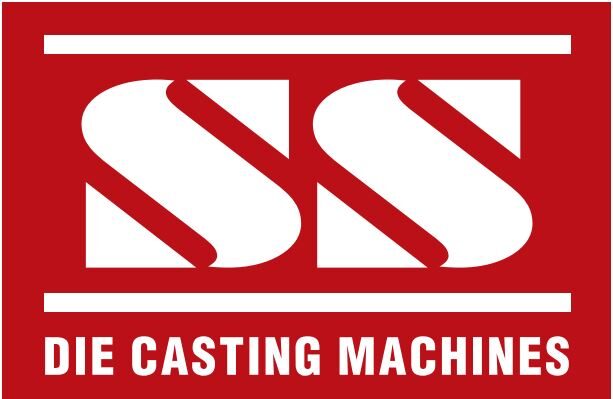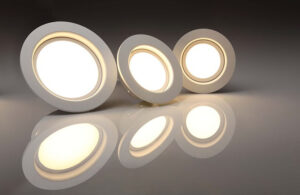Die casting is a manufacturing process in which molten metal is poured or forced into steel moulds. The moulds — also known as tools or dies — are created using steel and are specially designed for each project. This allows each component to be created with accuracy and repeatability. Aluminium, zinc, and magnesium are the most commonly used die casting alloys.
Die Casting Advantages
Die casting can have significant advantages over other manufacturing processes, which often lead to major cost savings, not only in the part price itself but also in the overall cost of production. When you cast apart, you can create complex net shapes, including external threads and complex internal features with minimal draft angles—minimizing secondary operations. You can also combine multiple parts into a single part, eliminating assembly operations and lowering labour costs, with the added benefits of simplified stock control and greater component consistency.
- Other benefits include:
- Variable wall thicknesses
- Tighter tolerances
- Fewer steps from raw material to finished part
- Fast production cycle times
- Reduction in material scrap
- Long tool life, especially for zinc and magnesium
Die Casting Alloys
Zinc, aluminium, and magnesium are the three main die casting alloys. They are normally non-ferrous and their mechanical properties vary greatly to fit almost every type of application a manufacturer may need. Not only can die-cast alloys withstand high operating temperatures, but they are also fully recyclable. Die-cast alloys also have:
Good corrosion resistance
High strength and hardness
High thermal conductivity
High electrical conductivity
Outstanding EMI/RFI shielding properties
Good finishing characteristics
Separately, each die-cast alloy offers a variety of benefits that the other may not offer. That is one of the great things about die casting, you do not have to be limited when it comes to choosing the right metal.
Die-Cast Process
Hot-Chamber
Used for zinc, some magnesium alloys, and other low-melting, hot-chamber die casting is a great option for alloys that do not readily attack and erode metal pots, cylinders, and plungers.
Cold-Chamber
Better suited for metals with high melting points such as aluminium, during cold-chamber die casting, metal is liquefied and then ladled into a cold chamber where a hydraulically operated plunger pushes the metal into the die.
Injected Metal Assembly
Over the past 50 years, we have developed and refined our innovative; one-step manufacturing solution, Injected Metal Assembly. IMA outperforms most adhesives used for small component joining and assembly production and reduces manufacturing costs.





